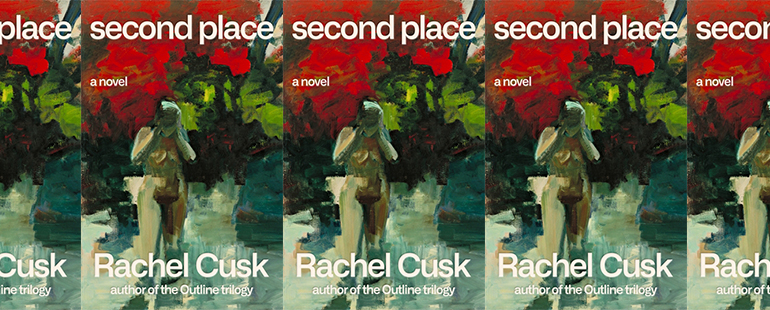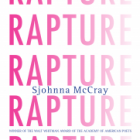The Purpose of Art in Rachel Cusk’s Second Place

Second Place
Rachel Cusk
Farrar, Straus and Giroux | May 4, 2021
Rachel Cusk’s new novel Second Place opens with a reminder. The narrator, M, prompts Jeffers, a character who remains largely undefined throughout the novel, to remember a story she has told him before, a framework that feels reminiscent of Cusk’s Outline trilogy. However, as Cusk fans will realize quickly, unlike the trilogy, Second Place is not only deeply rooted in place, but also driven by plot as M shares her engrossing, linear story with Jeffers. The novel is both deeply contemplative and highly aware of the reader, exploring art and the artist, place and presence, and, ultimately, truth and reality.
M’s story starts when she invites L, a well-known but no longer financially successful painter, to stay in her guest house—the titular “second place.” The guest house is on the large, marsh-surrounded property where the narrator lives with her husband Tony. The landscape is lush, with glades of trees, overgrown forest, and marsh creeks. With views that stretch to meet the horizon, the landscape appears endless and all-consuming, creating a feeling of isolation. While Tony doesn’t mind, M grates against this loneliness and, as a compromise, invites artists to stay in the guest house for company.
The guest house itself is a second structure built in the location; as M explains, she and Tony purchased land adjacent to their own to avoid neighbors or developments, and while searching the new property, they found a cottage: “The cottage is quite sordid and quite sad,” she explains, “and we quickly realised it would have to be done over to rid it of that awful human type of sadness. The inside was entirely blackened by fire, and the men had the theory that therein was the fate of the previous incumbent.”
The language here is soft and susurrus, with the repetition of “s” and “q,” as well as the repetition of “sad.” “Blackened by fire” in the second sentence stands out as harsh and violent, and the human death concealed by the black is almost hidden at the end of the sentence. This excerpt is illustrative of Cusk’s dense, beautiful writing throughout this novel, particularly in her descriptions of place. Through her carefully shaped descriptions of place, the narrator creates her own kind of art in her address to her audience, Jeffers.
The narrator’s emphasis on place connects to the novel’s central exploration of art and artist. The narrator’s first descriptions of art are connected to her experience of setting. Some paintings, she reasons, “give you a location, a place to be.” When L accepts M’s invitation to stay and work in her guest house, she expects to bond with the artist with whom she feels a strong affinity, and she expects him to see the same landscape around the second place that she does.
Indeed, M wants L to do more than recognize the same views of the scenery. She wants him to see potential in capturing its existence in his own work. In doing so, however, the narrator contemplates what constitutes creation: “[W]hen I looked at the marsh, for instance, which seemed to obey so many of his rules of light and perception that it often resembled a painted work by him, I was in a sense looking at works by L that he had not created, and was therefore—I suppose—creating them myself.”
Here, M engages with an interesting question of the purpose of art. If she is in fact creating art by anticipating paintings from the landscape in her own words, then art, at least in these imagined paintings, is a reflection of reality. Notably, M never creates art in the novel. The scenes she envisages as potential art in this landscape don’t materialize, so this reality isn’t reflected. The art that reflects reality, then, is left unrealized.
Second Place is worth reading for its sharp descriptions and powerful story alone, but it’s the in-depth exploration of the purpose of art that makes the story meaningful. Though M only anticipates the art in the landscape, never writing at all during the story, we are aware she is a successful writer, and, more importantly, we know she is crafting this story for an audience. Herein lies the power of Cusk’s rich, captivating novel: Cusk is always aware of her reader, reminding us that the process of creating art can often be invisible.



